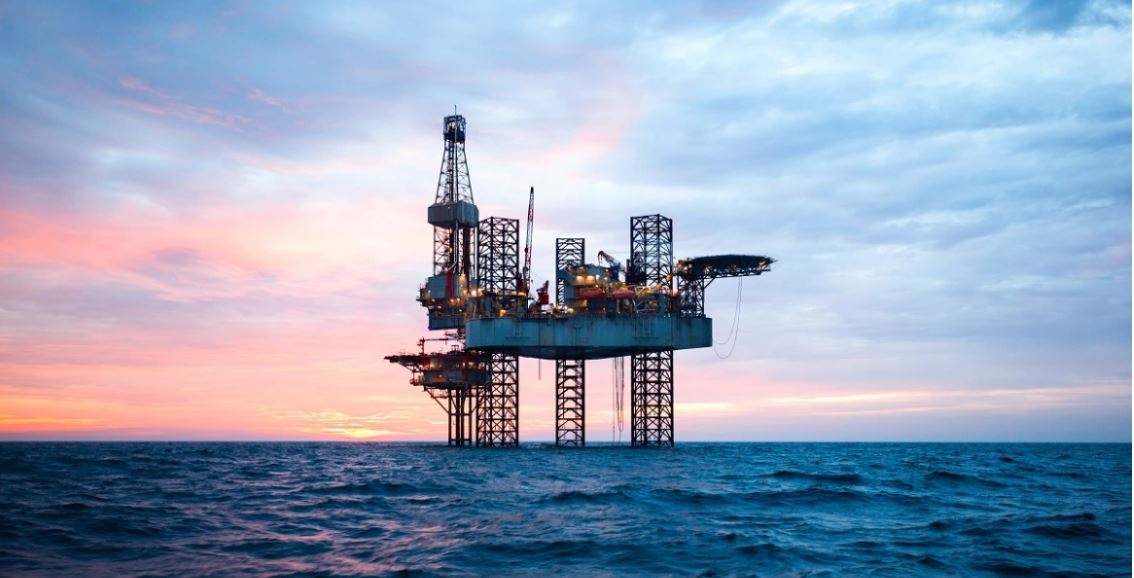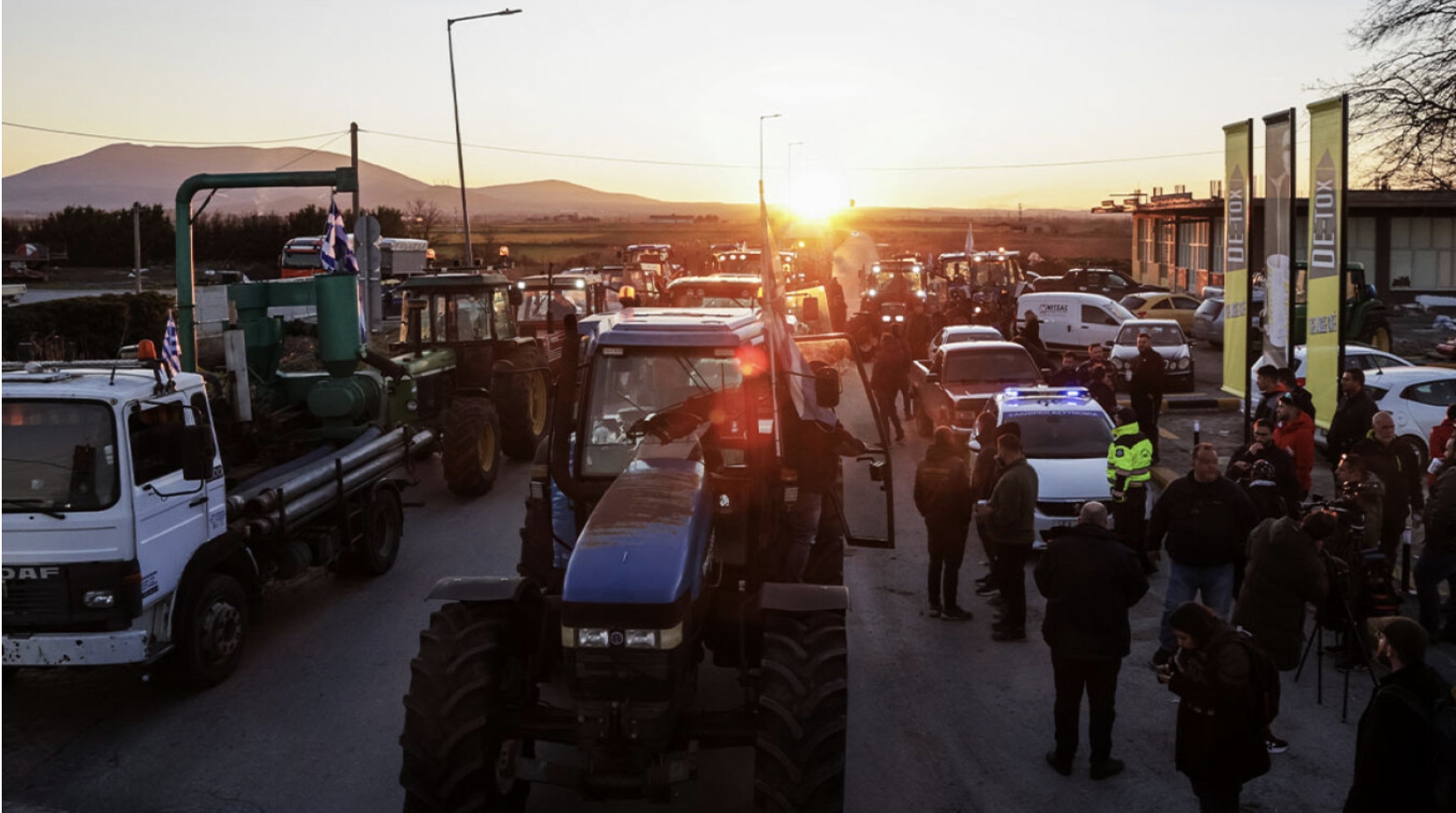The Groningen gas field in the Netherlands is vast. It’s the largest in the European Union, and one of the 10 biggest in the world. Its available reserves of about 450 billion cubic meters are equivalent to all the EU’s needs for one year.
It’s exactly the kind of precious (if non-renewable) economic resource that would normally be front and centre in an energy crisis like the one afflicting the region today. Every molecule of gas counts at a time when Europe is scrambling to cut its ties to Russia — source of about 40% of the EU’s gas consumption — by chasing new suppliers, investing in renewables, curbing demand and wringing existing sources dry.
But instead of being a powerful weapon in the Europeans’ battle against the energy crisis, the field is headed for closure and the Netherlands refuses to increase supply, even as it acknowledges that Europe is preparing for perhaps the toughest winter since B’ World War. But why? The answer lies in the fact that drilling has led to repeated earthquakes and Dutch officials fear a backlash from local residents.
Groningen has been the backbone of Europe’s natural gas supplies since 1963. Even after half a century, there are still about 450 billion cubic metres of exportable gas in reserves worth about $1 trillion.
More importantly, there is room to increase the amount pumped by 50 billion cubic metres per year compared to current levels, according to Shell, one of the two energy companies that have taken over its management.
Russia, which accounted for about a third of Europe’s natural gas imports before the invasion of Ukraine, has cut supplies in response to EU sanctions against it. And recent developments regarding the Nord Stream pipeline have effectively cemented the reduced level of flows to Germany. The extra flow that Shell estimates could be put on the grid almost immediately would be more than enough to replace the 46 billion cubic meters Germany imported from Russia last year.
What are the local residents saying?
Residents of the area stress that the continent should look to other sources, as they fear a possible disaster. Vilnur Hollaar, 50, who has lived in the area for nearly two decades, criticises the authorities for years of ignoring residents’ concerns. “When I bought this house in 2004, it was a palace,” he tells Bloomberg of his 1926 residence, which features stained glass windows and detailed stonework. But like thousands of other houses it has been destroyed by the earthquakes. It is full of cracks and its facade is crumbling. “It has turned into a ruin,” he says.
Since 1986, hundreds of earthquakes have been recorded around the Groningen field. However, most of them are so small that they are not noticeable. An exception was a magnitude 3.6 earthquake in 2012 that caused extensive damage to buildings. In 2014 the Dutch government imposed severe restrictions on production, causing supply to drop from 54 billion cubic metres in 2013 to around 4.5 billion cubic metres this year.
Of the approximately 327,000 homes in the area, at least 127,000 have sustained some form of damage from the earthquakes. More than 3,300 buildings were demolished because they were deemed unsuitable.
also read
Average price for an overnight Athens hotel stay up in October
Ask me anything
Explore related questions





